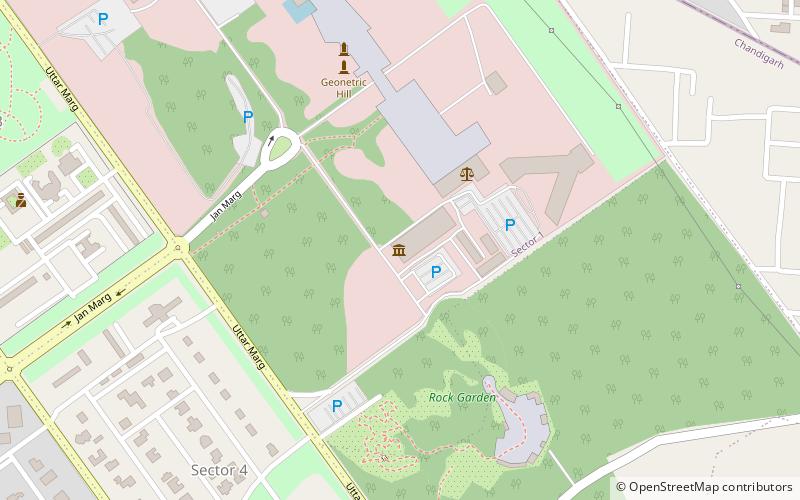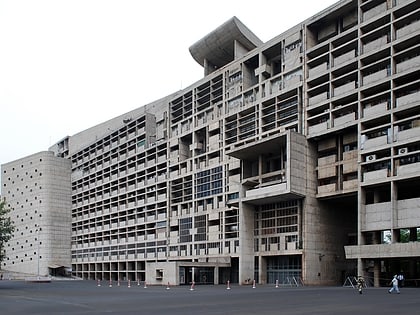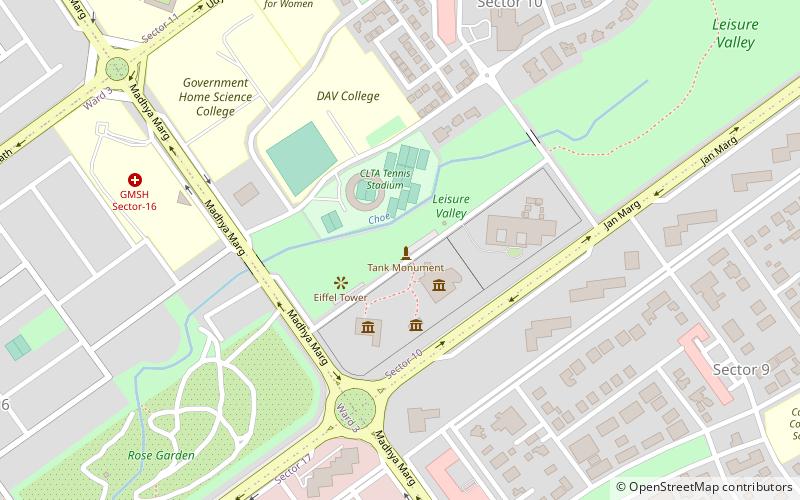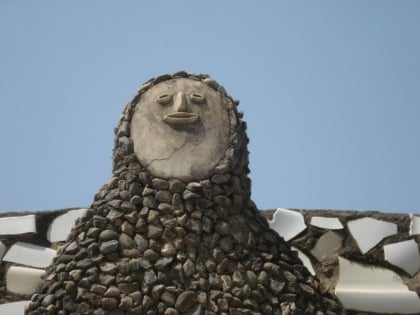The High Court, Chandigarh


Facts and practical information
The High Court in Chandigarh is not only a judicial institution but also an object of exceptional architectural value that attracts the attention of art and architecture enthusiasts from all over the world. Designed by the famous architect Le Corbusier, the building is a key element of the architectural complex known as the Capitol Complex, which is one of the most important modernist works on the Indian subcontinent.
Built in the 1950s, the High Court building is an expression of a modern approach to designing public spaces. Its characteristic facade, made up of enormous concrete blocks, creates a play of light and shadow that changes with the time of day and atmospheric conditions. The structure was designed to provide natural ventilation and protect the interior from the intense sun, which is particularly important in the hot climate of India.
The interior of the High Court is equally impressive, with large, spacious courtrooms that reflect the pursuit of transparency and justice. The ceilings are high, and the space is organized in a way that allows for the natural dispersion of light, creating an atmosphere of solemnity and focus.
Although the building serves administrative and judicial functions, it is also accessible to tourists and architecture students who can admire its unique architecture and design. The High Court in Chandigarh is part of the cultural heritage of India and was inscribed on the UNESCO World Heritage List as part of the Capitol Complex in 2016.
The High Court – popular in the area (distance from the attraction)
Nearby attractions include: Rock Garden of Chandigarh, Government Museum and Art Gallery, Sukhna Interpretation Centre, Anerdam Wildlife Sanctuary.










